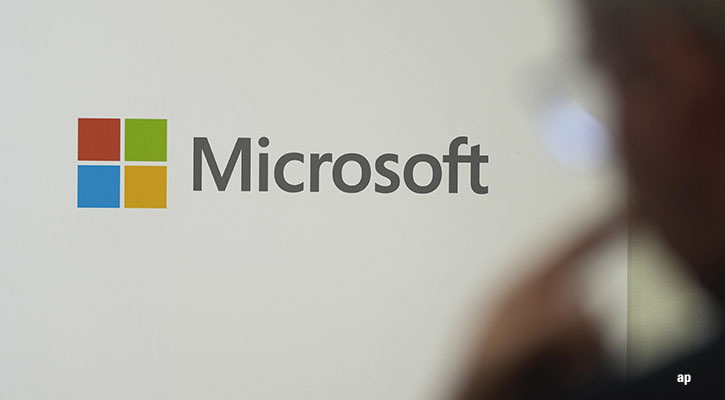Private equity (PE) has been ‘untouchable’ for many investors for decades. Direct access to these highly illiquid funds requires investors to lock away tens and even hundreds of thousands of pounds for periods as long as 5-10 years. As only a small portion of the population is fortunate enough to find itself in a position where socking away large sums of money in a very illiquid investment vehicle is feasible, PE is clearly not for everyone.
However, thanks to enterprising index and ETF providers, there are now ETFs offering small and large investors alike more ‘liquid’ access to the ‘untouchable’. Before diving into the individual ETFs available and how they can be used within a portfolio–if at all–let’s first define PE.
What is Private Equity?
PE is unquoted (hence private), illiquid, tends to be marked by high to very high levels of risk, and in general, expected returns are in excess of those for publicly traded equities. The main strategies followed by PE funds are venture capital (VC) investments, buyouts, and growth capital (GC) investments.
VC tends to be a successive 100% equity investment over time with £100k - £10m minority investment during subsequent rounds of investment. The founders of the company begin with 100% ownership but will be usually diluted over time and ultimately pass control to the VC firm. The investments are usually in early-stage companies with high growth potential; more often than not they are high-tech companies. The investment cycle is usually 5-10+ years before the VC firms can realise a return.
Buyouts, in contrast, tend to be leveraged equity investments, usually in mature companies within traditional industries. Typically, a single up-front investment will lead to an outright acquisition and full control. Investments typically range from about £1m-£10bn worth of equity investment plus 2x-3x debt financing. The existing management team will often be permitted to buy 5%-20% of the company at favourable terms. The investment cycle for buyouts tends to be around 2-7 years, a little shorter compared to VC investments.
GC is often provided by late-stage VC investors and buyout firms. GC is usually structured as either common equity or preferred equity and is focused on markets/companies where debt is less available or more expensive for financing leveraged buyouts or when competition to fund start-up companies is very intense. So GC lies somewhere in between VC and buyouts.
A Note on Investing in the Equities of Private Equity Firms
Taking a close look at the constituents of the indices underlying the main PE benchmarks we quickly find that these firms are not always pure-play PE shops. Many listed companies in these indices have a variety of business lines, though their core focus tends to be private equity in many but not all cases. Blackstone Group–a top holding of the LPX MM Private Equity Index, the S&P Listed Private Equity Index, and the Global Listed Private Equity Index–would be one example of a less-than-pure play on PE. The group’s PE business represents only about 25% of total AUM and about 28% of total revenue; meanwhile its real estate business accounts for 22% and 30% of AUM and revenue, respectively. The remainder of the firm’s business is tied to credit, marketable alternatives, and financial advisory lines. On the other hand, 3i Group’s (III) –which is a top holding of all four PE indices discussed here–core business is private equity, representing about 95% of AUM–therefore giving a more direct exposure to PE. As we’ve just highlighted, it is important to understand the fact that these indices (and the associated ETFs) do not offer the same economic exposure as a direct PE investment, but are rather an investment in the public equity of firms whose businesses may extend beyond PE.
Examining Private Equity ETFs
The largest ETF tracking a PE benchmark in terms of assets under management is the db x-trackers LPX MM Private Equity ETF (XLPE), tracking the LPX Major Market Index. To achieve its objective the ETF uses an over collateralised synthetic structure. The LPX Major Market Index is designed to reflect the risk and return characteristics of the 25 most liquid listed private equity companies globally. The index uses certain liquidity criteria (maximum average bid-ask spread, average minimum market cap, average minimum trading volume, minimum trading continuity, minimum number of price observations on the exchange) to ensure the ability to accurately replicate the index. The overall index is fairly well-diversified across regions, investment style and currencies. The US (35%) is the largest region represented in the index and specialty finance (51%) the largest sector.
The second largest ETF benchmarked to a PE index is the iShares S&P Listed Private Equity ETF (IDPE), tracking the S&P Listed Private Equity Index. The fund uses physical replication to track the underlying index and invests in all of the index’s members. The index is designed to provide tradable exposure to leading publicly listed private equity companies and is rebalanced semi-annually. The index looks at all publicly listed companies in the ST&P Capital IQ database that engage in the private equity business excluding real estate income and property trusts. In order to achieve its set objectives, the index boils down the universe to all securities that have a total market cap of at least $250m. It then looks at all publicly listed private equity firms that have a three-month average daily trading volume of at least $1m and that have had at least 10,000 shares traded daily on average over the last 12 months on a developed market exchange. The index is heavily biased towards the financial sector (75%) and the US (74%).
The third largest ETF tied to a PE benchmark is the Lyxor ETF Privex (PVX), tracking the Privex Index. Lyxor uses the synthetic approach to replicate the performance of the underlying index. The Privex Index tracks the 25 most representative private equity companies listed across the world stock exchanges. The index is rebalanced twice a year, but reviewed quarterly, including a look at the different component data, such as number of shares, free float factor and weighting factor. To be included in the index, the companies must engage in typical private equity activities such as leveraged buy-outs, venture capital, and growth capital investments. From a geographical perspective, the underlying index is much better diversified than its peers as only 25% of the index is invested in US securities.
The smallest ETF is the PowerShares Global Listed Private Equity Fund (PSSP), tracking the Global Listed Private Equity Index. The fund uses physical replication to track the underlying index. PowerShares will normally invest at least 90% of its total assets in the constituents of the index. The Global Listed Private Equity Index includes between 40 and 60 publicly listed private equity companies and is rebalanced and reconstituted quarterly. To be included in the index, companies must invest—or intend to invest--the majority of their assets under management in private equity. In addition, investments or loans must be made with at least five unrelated private companies. The constituents must be listed on a recognised exchange outside the US and have a market capitalisation of at least $100m. The ETF is heavily biased towards the financial sector (85%) and the US (41%).























